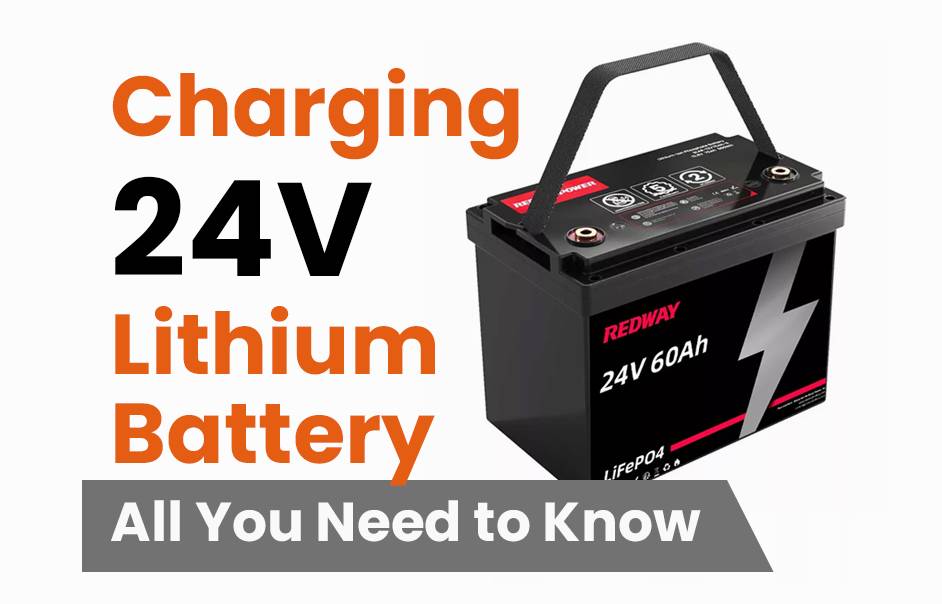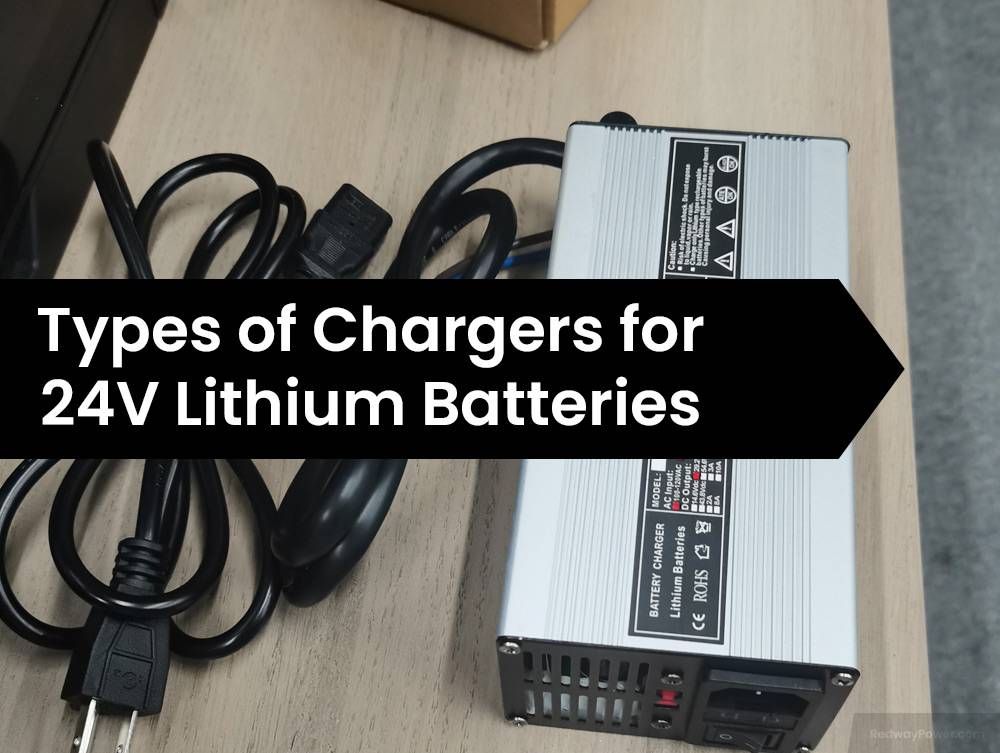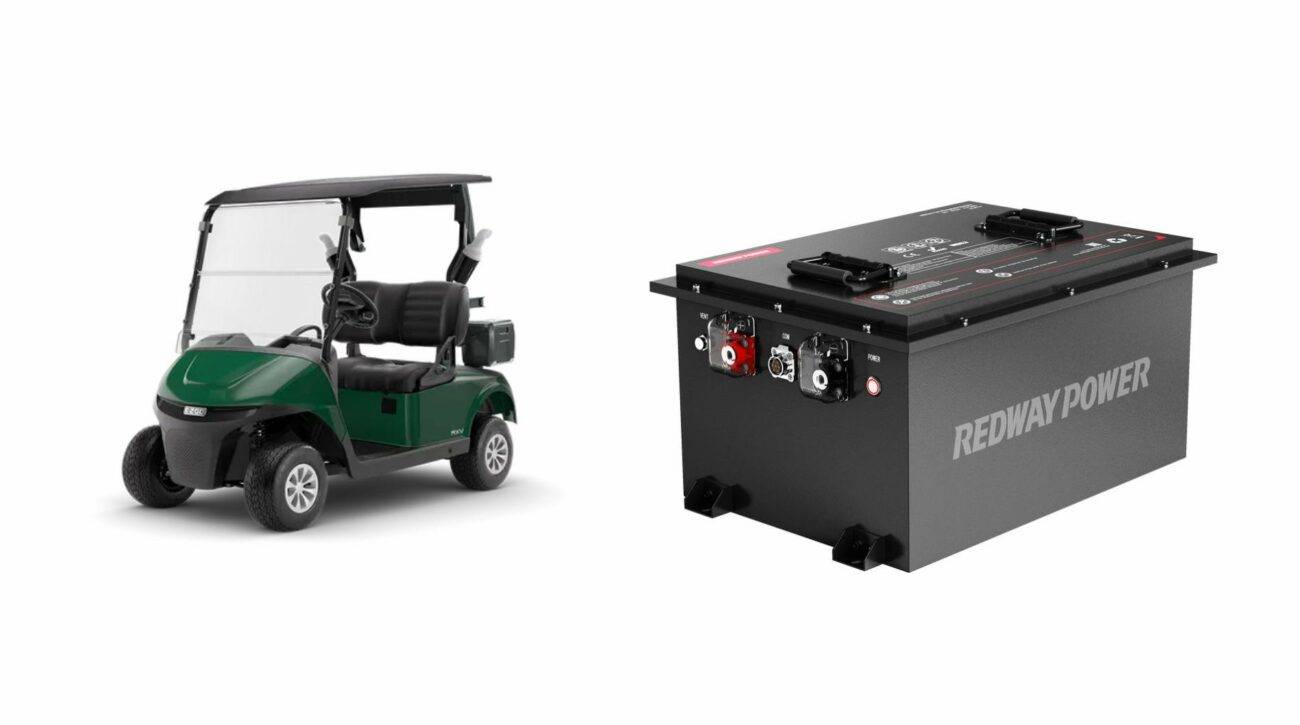- Forklift Lithium Battery
-
48V
- 48V 210Ah
- 48V 300Ah
- 48V 420Ah (949 x 349 x 569 mm)
- 48V 420Ah (950 x 421 x 450 mm)
- 48V 456Ah
- 48V 460Ah (830 x 630 x 590 mm)
- 48V 460Ah (950 x 421 x 450 mm)
- 48V 460Ah (800 x 630 x 600 mm)
- 48V 460Ah (820 x 660 x 470 mm)
- 48V 500Ah
- 48V 560Ah (810 x 630 x 600 mm)
- 48V 560Ah (950 x 592 x 450 mm)
- 48V 600Ah
- 48V 630Ah
-
48V
- Lithium Golf Cart Battery
- 12V Lithium Battery
12V 150Ah Lithium RV Battery
Bluetooth App | BCI Group 31
LiFePO4 Lithium
Discharge Temperature -20°C ~ 65°C
Fast Charger 14.6V 50A
Solar MPPT Charging - 24V Lithium Battery
- 36V Lithium Battery
- 48V Lithium Battery
-
48V LiFePO4 Battery
- 48V 50Ah
- 48V 50Ah (for Golf Carts)
- 48V 60Ah (8D)
- 48V 100Ah (8D)
- 48V 100Ah
- 48V 100Ah (Discharge 100A for Golf Carts)
- 48V 100Ah (Discharge 150A for Golf Carts)
- 48V 100Ah (Discharge 200A for Golf Carts)
- 48V 150Ah (for Golf Carts)
- 48V 160Ah (Discharge 100A for Golf Carts)
- 48V 160Ah (Discharge 160A for Golf Carts)
-
48V LiFePO4 Battery
- 60V Lithium Battery
-
60V LiFePO4 Battery
- 60V 20Ah
- 60V 30Ah
- 60V 50Ah
- 60V 50Ah (Small Size / Side Terminal)
- 60V 100Ah (for Electric Motocycle, Electric Scooter, LSV, AGV)
- 60V 100Ah (for Forklift, AGV, Electric Scooter, Sweeper)
- 60V 150Ah (E-Motocycle / E-Scooter / E-Tricycle / Tour LSV)
- 60V 200Ah (for Forklift, AGV, Electric Scooter, Sweeper)
-
60V LiFePO4 Battery
- 72V~96V Lithium Battery
- Rack-mounted Lithium Battery
- E-Bike Battery
- All-in-One Home-ESS
- Wall-mount Battery ESS
-
Home-ESS Lithium Battery PowerWall
- 24V 100Ah 2.4kWh PW24100-S PowerWall
- 48V 50Ah 2.4kWh PW4850-S PowerWall
- 48V 50Ah 2.56kWh PW5150-S PowerWall
- 48V 100Ah 5.12kWh PW51100-F PowerWall (IP65)
- 48V 100Ah 5.12kWh PW51100-S PowerWall
- 48V 100Ah 5.12kWh PW51100-H PowerWall
- 48V 200Ah 10kWh PW51200-H PowerWall
- 48V 300Ah 15kWh PW51300-H PowerWall
PowerWall 51.2V 100Ah LiFePO4 Lithium Battery
Highly popular in Asia and Eastern Europe.
CE Certification | Home-ESS -
Home-ESS Lithium Battery PowerWall
- Portable Power Stations
How to Charge a 24V Lithium Battery: All You Need to Know

Charging a 24V lithium battery requires understanding its voltage specifications, charging methods, and safety precautions. The nominal voltage for charging is typically around 28.8 volts, and various methods can be employed, including using dedicated chargers or solar panels. Proper charging practices ensure safety and extend battery life.
How to Charge a 24V Lithium Battery?
To charge a 24V lithium battery effectively, follow these steps:
- Choose the Right Charger: Use a charger specifically designed for lithium batteries with an output voltage of approximately 28.8 volts.
- Connect Properly: Ensure correct polarity when connecting the charger to prevent damage.
- Monitor Charging: Keep an eye on the charging process to avoid overcharging.
What Is the Working Principle of Charging a 24V Lithium Battery?
The charging process involves applying a voltage higher than the battery’s current charge level to facilitate energy transfer:
- Voltage Application: The charger applies voltage (typically around 28.8 volts) to push current into the battery.
- Energy Transfer: Electrical energy flows from the charger into the battery, restoring its capacity.
- Restoration of Energy Capacity: This process continues until the battery reaches its full charge.
| Step | Description |
|---|---|
| Voltage Application | Charger applies higher voltage |
| Energy Transfer | Current flows into the battery |
| Restoration | Battery capacity is fully restored |
What Voltage Should I Use to Charge a 24V Battery?
For optimal charging of a 24V lithium battery, use a charger that outputs approximately 28.8 volts during the charging phase. This voltage aligns with the maximum safe charge level for lithium batteries, ensuring efficient and safe charging.
What Are the Best Practices for Charging Lithium Batteries?
To ensure safe and effective charging of lithium batteries, consider these best practices:
- Use Compatible Chargers: Always use chargers designed for lithium batteries.
- Charge in Suitable Conditions: Perform charging in a cool, dry environment away from direct sunlight and extreme temperatures.
- Avoid Overcharging: Utilize chargers with built-in protection features to prevent overcharging.
- Regular Monitoring: Check battery status periodically during charging.
| Best Practice | Description |
|---|---|
| Use Compatible Chargers | Ensures safe and efficient charging |
| Charge in Suitable Conditions | Prevents overheating and damage |
| Avoid Overcharging | Protects battery health |
| Regular Monitoring | Ensures safety during charging |
How Do You Charge a Lithium Battery?
Charging a lithium battery involves connecting it to an appropriate power source:
- Connect to Charger: Attach the battery to a compatible charger.
- Select Charging Method: Choose between AC chargers, DC sources, or solar panels based on your setup.
- Monitor Progress: Keep an eye on charge levels until fully charged.
What Are the Different Methods for Charging a 24V Battery?
There are several effective methods for charging a 24V lithium battery:
- AC Charger: Converts household AC power into DC suitable for charging.
- DC Power Source: Ideal for mobile setups like RVs or boats.
- Solar Panels: An eco-friendly option that requires solar charge controllers for efficiency.
| Charging Method | Description |
|---|---|
| AC Charger | Converts AC power for indoor use |
| DC Power Source | Uses vehicle alternators for mobile setups |
| Solar Panels | Sustainable option for off-grid applications |
What Safety Precautions Should Be Taken When Charging Lithium Batteries?
Safety is paramount when charging lithium batteries:
- Supervise Charging: Never leave batteries unattended while charging.
- Ventilation: Ensure good airflow around the battery during charging to dissipate heat.
- Temperature Monitoring: Avoid charging at extreme temperatures; ideal range is between 0°C and 45°C (32°F and 113°F).
How Does Temperature Affect Lithium Battery Charging?
Temperature significantly impacts lithium battery performance during charging:
- Low Temperatures: Charging at temperatures below freezing can lead to lithium plating, which may damage cells.
- High Temperatures: Excessive heat can increase self-discharge rates and risk thermal runaway.
Optimal charging temperatures are generally between 20°C and 25°C (68°F and 77°F).
Replacement Choices for Lithium-Ion Batteries
For those considering alternatives or replacements, Redway Power offers excellent lithium-ion battery solutions suitable for various applications, including those requiring specific voltages like 24V systems. These batteries provide enhanced performance and longevity compared to traditional options.
Tips for Battery Wholesale Buyers
When sourcing batteries wholesale or placing OEM orders, consider working with reliable manufacturers like Redway Power, which has over 13 years of experience in lithium battery production. Ensure you verify certifications and quality standards when making your selection.
Redway Power Expert Views
“Charging practices are critical in maximizing both performance and lifespan of lithium batteries. Understanding voltage requirements and safety precautions can significantly enhance user experience,” states an expert from Redway Power.

FAQs
Can a 12V panel charge a 24V battery?
Do 24V batteries charge faster than 12V batteries?
How long does it take to charge a 24-volt battery and how to calculate it?
When do you need to charge the 24v lithium battery?
What are the differences between charging 24v lithium battery and charging 48v lithium battery?
What is the maximum charging current for a 24v battery?
What voltage should I charge a 24v battery?
Matching Voltage: To charge a 24V battery, it is recommended to use a charging voltage that aligns with the battery’s nominal voltage, which is around 24 volts.




















